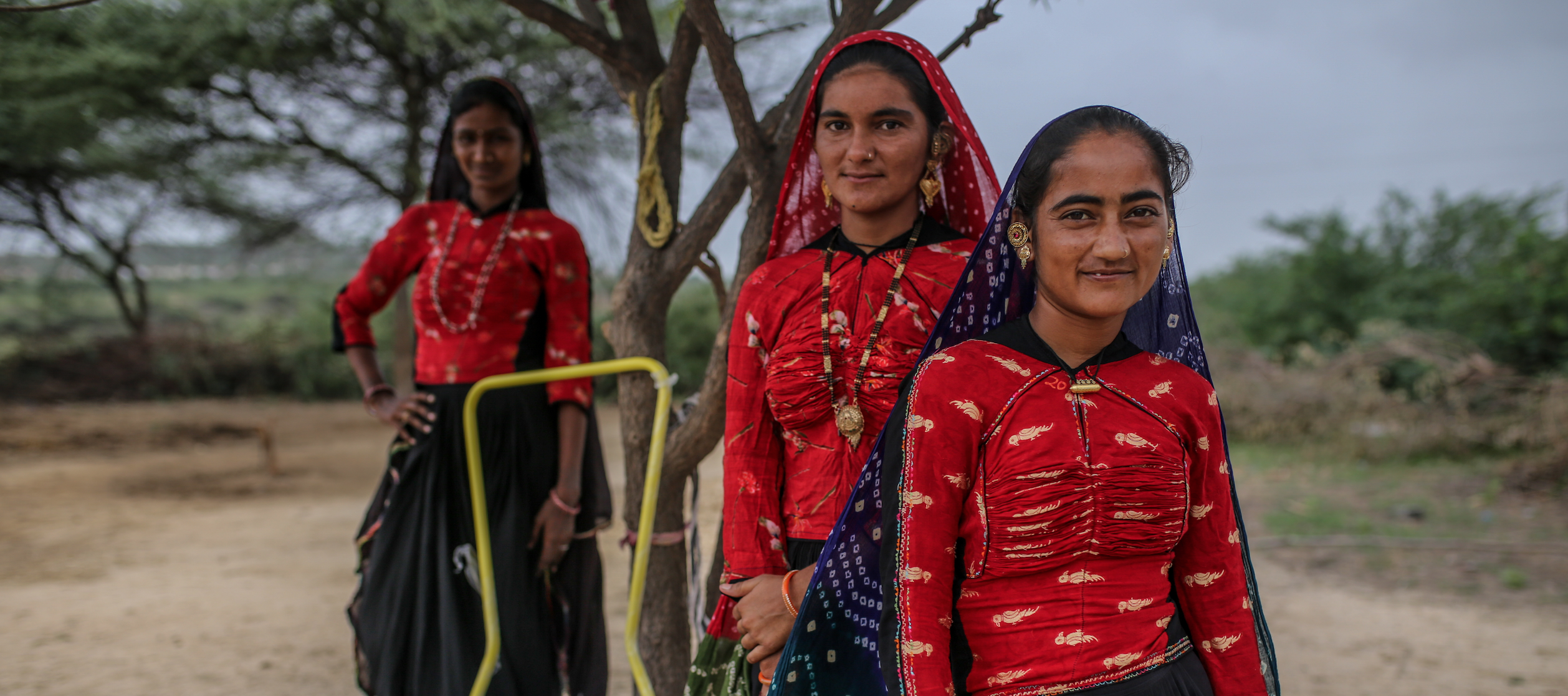By Clement Chauvet
Though Haryana is one of the wealthiest states in the country, it grapples with persistent inequalities, particularly between women and men. As per Census 2011, the sex ratio in the state was a dismal 877 females per thousand males, well below the national average of 943 during the same period. Young people, who constitute nearly half of the population, faced particular challenges in finding jobs in the state with higher-than-average unemployment (8.6 percent per NSS Survey 2017). Women, especially, are more vulnerable, with even fewer opportunities to grow and flourish.
To start addressing these challenges, the Government of Haryana worked towards a strategic solution that could provide opportunities for the young, especially women, who at present form only 28.8 percent of Haryana’s workforce.
Rewriting the story of employment: Haryana launches YES centres
In December 2016, citing its objective to connect young people with work opportunities, Youth Employability Services (YES) centres were launched across the six districts of Haryana – Faridabad, Jhajjar, Rohtak, Sonipat and Narnaul by the Government of Haryana with UNDP India support. YES centres offer end-to-end skills and career solutions for job-seeking women in their respective areas. The services at the centre range from career guidance, counselling, apprenticeship opportunities and jobs as well as post-placement support. This initiative also caters to the demand-side needs of local and national businesses affiliated to YES centres by providing them access to quality and cost-effective talent pool. TeamLease Education Foundation identified the market demands for skills and connected local youth to employment opportunities through skills training.
Post launch, over 45,000 women enrolled at the centres as job-seekers, well above the mobilization target. In last two years, 9,375 women were equipped with employable skills and were deemed ‘trained-for-jobs’. However, a grave challenge surfaced when the programme was being implemented – the women themselves were not willing to join work! So, where was the problem?
At a job fair with more than 300 private sector employers, organized by the Disha initiative and TeamLease, 50 women were offered appointments on the spot. Surprisingly, the women remained reluctant to join these jobs. Their reluctance stemmed from several reasons, some of which were especially salient to Haryana and its society:
- Women’s mobility in rural India: Families are reluctant to let women travel alone. For instance, despite the offer of a high salary, one of the women successfully placed wasn’t allowed to travel from Bahadurgarh to Gurgaon, no more than an hour apart from each other.
- Low paying jobs: Low paying jobs do not justify the cost of travelling for women and hence, the women tend to stay away.
- Hierarchy in job seeker’s mind: Most women in villages desire government jobs over a private job, as government jobs are considered safer, more respectable and add to household income. At the bottom of the hierarchy lies jobs in retail sector, small manufacturing and agri-value chain – all of which are among the biggest employment generating sectors in rural India.
Drawing from the above observations, a strategic solution was devised by the partners to address these problems. The idea was to first resolve the problem of localizing employment to minimize travelling and second, to identify local employers who could absorb this workforce.
Hitting the bull’s eye with MSMEs
At this point, a major step was taken as a part of the programme to engage with Micro, Small & Medium Enterprises (MSMEs).
First, a local survey of businesses in Jhajjar and Rohtak was conducted to draw up an inventory of local nursing homes, super stores, tele-calling service providers, Patanjali stores and schools. The survey revealed that these micro-employers had a demand for skilled and semi-skilled workers.
Second, handholding support was provided to these employers to formalize the hiring procedure. These employers were trained on standard recruitment procedures, ensure job security for the women and in some cases even create basic infrastructure like print letterheads with the employer’s logo and issue appointment letters.
Turning the tide
A simple innovation of connecting the women with local MSMEs through the YES centre worked exactly as desired. With women saving time on travelling and local employers able to absorb these women, the YES centre became a hub of opportunities.
The idea of connecting with MSMEs was actioned in April 2018, and since then, as many as 15,625 women have been successfully placed in jobs through the Haryana YES centres. Importantly, the retention rate remains high. Follow-ups with the first batch of women placed in jobs revealed that as many as 75 percent continued with their jobs – implying a drop-out rate far lower than the market attrition rate!
More, by supporting these employers to hire trained women and enabling them to standardize their recruitment procedure, YES centres have not only generated employment, but also strengthened the local ecosystem.
What’s next?
With YES centres demonstrating quick and sticky results, it will be interesting to see steps taken by the state government to take employability and skilling a step further. Employment exchanges need to become credible places for job-seekers and employers and become the ‘go-to’ place for their manpower requirements. The question is, what steps will enable YES centres being upgraded in the coming future?
The writer is the Chief of Skills and Business Development at UNDP in India, leading Project Disha.

 Locations
Locations
















